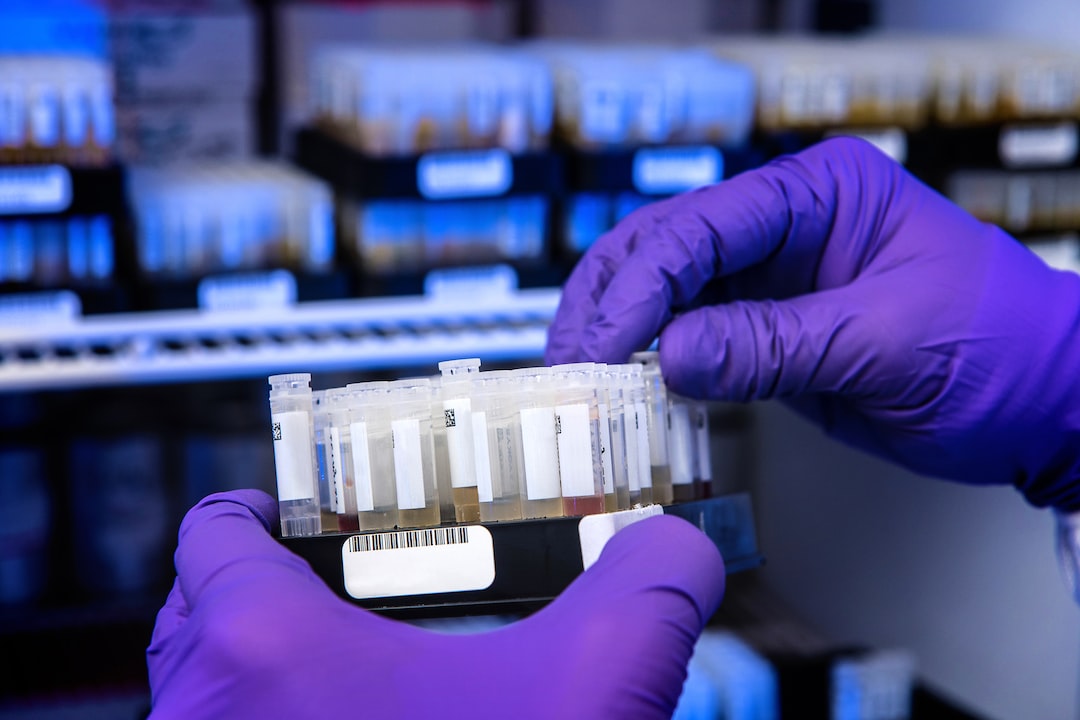Enhancing Worker Safety in Manufacturing through Technology
Worker safety has always been a top priority in the manufacturing industry. Every day, workers face numerous hazards that put their health and well-being at risk. However, with advancements in technology, manufacturers now have powerful tools at their disposal to significantly enhance worker safety. In this blog post, we will explore some of the ways technology is being utilized to provide a safer working environment for manufacturing employees.
One of the most significant innovations in worker safety technology is the use of sensors and artificial intelligence (AI) to prevent accidents. Sensors can be integrated into machinery and equipment to detect potential dangers and automatically halt operations when necessary. For example, if a worker’s hand gets too close to a moving part, the sensor can instantly stop the machinery, preventing serious injuries. This technology not only minimizes the risk of accidents but also improves overall equipment effectiveness by eliminating unplanned downtime.
Another area where technology has played a crucial role in enhancing worker safety is in the implementation of wearable devices. These devices, such as smart helmets or vests, are equipped with various sensors and communication capabilities. They can monitor physiological indicators like heart rate, body temperature, and fatigue levels, providing real-time feedback to both workers and their supervisors. By continuously monitoring these vital signs, potential health risks can be identified early, allowing for necessary action to be taken. Additionally, these devices can also provide workers with enhanced communication capabilities, enabling them to instantly call for help or alert others in case of an emergency.
Furthermore, advancements in robotics and automation have significantly improved worker safety in manufacturing. By automating repetitive or hazardous tasks, workers are now freed from highly physical and dangerous operations. Instead, they can focus on more complex or strategic tasks that require human decision-making and problem-solving skills. This not only reduces the risk of injuries but also leads to increased job satisfaction and productivity among employees.
Lastly, virtual reality (VR) and augmented reality (AR) technologies are being increasingly adopted in training programs for manufacturing workers. VR and AR simulations can replicate real-world scenarios in a controlled environment, allowing workers to practice complex tasks or emergency procedures without being exposed to actual risks. This type of training not only helps workers develop the necessary skills but also boosts their confidence and preparedness when facing potential hazards.
In conclusion, technology is revolutionizing worker safety in the manufacturing industry. From sensors and AI to wearable devices, robotics, and VR/AR training, manufacturers are embracing innovative solutions to create a safer working environment for their employees. By integrating these advancements into daily operations, manufacturers can significantly enhance worker safety, minimize accidents, and ultimately improve overall productivity and job satisfaction. As technology continues to evolve, we can expect even more groundbreaking solutions that will further advance worker safety in manufacturing.

